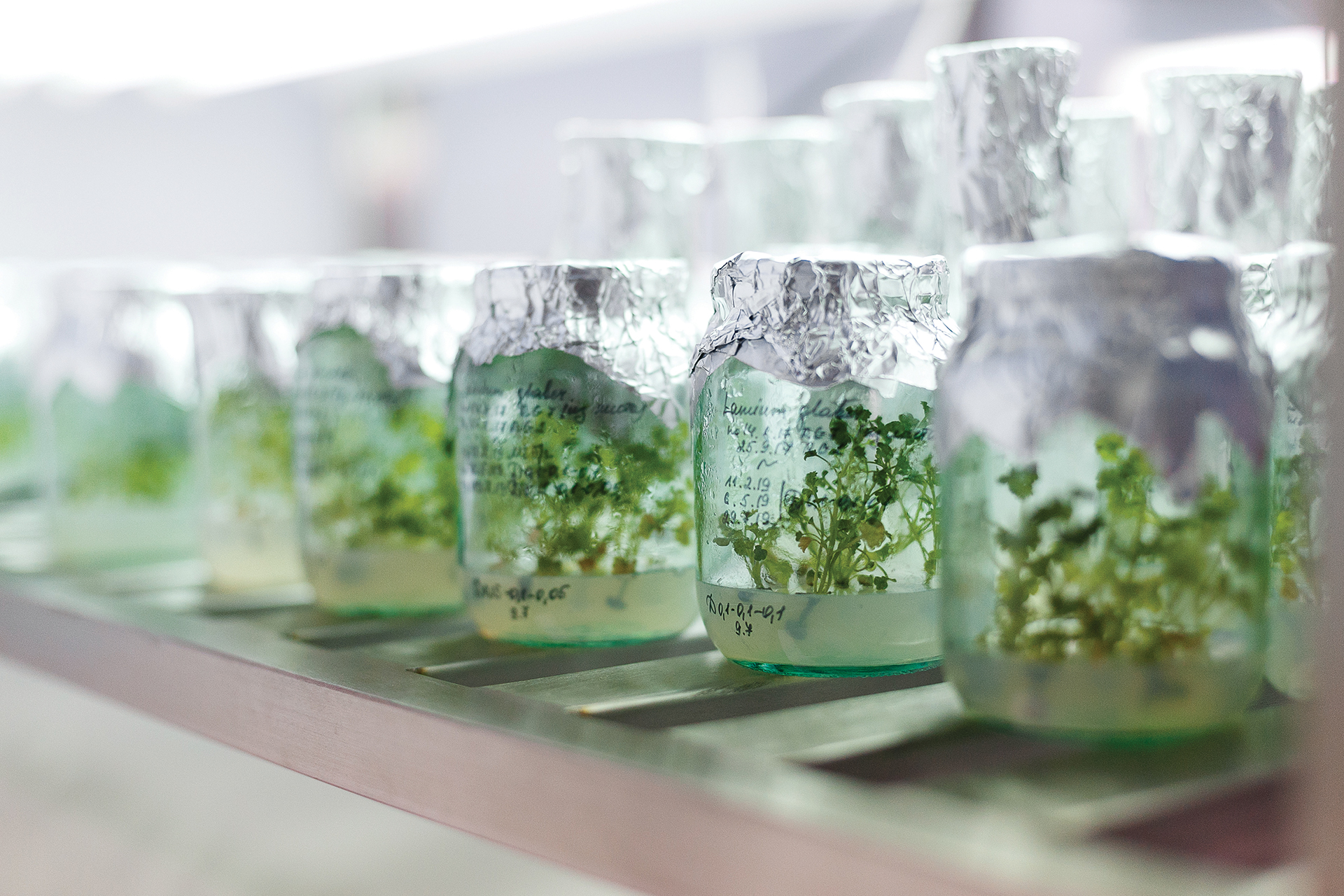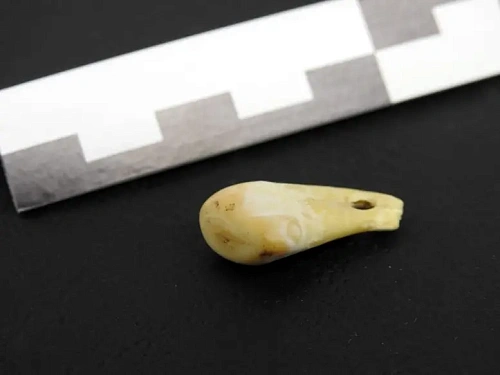






Mycobacterium tuberculosis is an important human pathogen. Its evolutionary trajectory, genomic diversity and phylogeographic landscape have been shaped by multiple factors, including co-evolution with its human host and interactions with its immune system. M. tuberculosis includes several large phylogenetic lineages. The LAM (Latin American Mediterranean) genetic family is the second most studied genotype of M. tuberculosis after the Beijing genotype. A number of studies have shown the association of Russian LAM strains with multidrug resistance (MDR).
The journal Microbiology Spectrum (American Society for Microbiology), published a study by scientists from St. Petersburg on the virulence of M. tuberculosis LAM strains. Epidemic and endemic, resistant and sensitive strains were studied in a mouse model and using whole-genome sequencing. Long-term data on the prevalence of these strains in Eurasia were also collected to assess their circulation. The project was supported by Russian Science Foundation (grant 19-14-00013, project leader – Igor Mokrousov, St. Petersburg Pasteur Institute).
“Despite known limitations, mouse experiments remain the classic approach to studying the pathogenesis of tuberculosis. In this study, we infected C57BL/6 mice by inoculating a bacterial suspension into the lateral tail vein and then observed two parallel series of animals over a 200-day experiment to assess the virulence of the strains and the associated mortality of the animals. This reliable methodology was previously used by us and colleagues in Russia and the world to study the virulence of mycobacteria,” says Professor Tatiana Vinogradova (St. Petersburg Research Institute of Phthisiopulmonology).Igor Mokrousov summarizes the modern views on the virulence, fitness, resistance and transmissibility of M. tuberculosis as follows: (1) multiple resistance mutations reduce fitness and the ability to transmit infection, which explains the selection of compensatory mutations in the most successful strains, ( 2) highly virulent strains also have a high capacity for transmission, (3) the most successful strains contain both resistance mutations with minimal or no effect on viability, and compensatory mutations that restore their fitness. At the same time, he emphasizes that “the results of the study are consistent with these conclusions, but partially and not directly.”
.jpg)
Geography of the distribution of LAM spolygotypes in old and recent studies. Mokrousov et al./ Microbiology Spectrum
A comparison of the pathobiological features of the studied LAM strains with their prevalence in old and recent studies revealed several different trends. First, antibiotic-susceptible spoligotype SIT264 (a highly virulent strain) has expanded its geographic distribution. Secondly, the multidrug-resistant spoligotype SIT266 (moderately virulent strain), widespread in Belarus, continues to be found in northwestern Russia. Finally, the multidrug-resistant spoligotype SIT252, which was considered emerging 10–15 years ago (a low-virulent and low-lethal strain), has virtually disappeared.
“Our results indicate that virulence is an important feature of a strain that influences its transmission, independent of antibiotic resistance. The increased virulence of some clinical isolates is associated with a fundamentally different systemic immune response, which can be detected in the early stages of infection. Virulence can be thought of as the rate at which microbes multiply in the host. The point is not only about multiple drug resistance, but also about the fact that resistant strains multiply differently (i.e. at different rates) in different people and mice, and if multiresistant strains multiply slowly, the immune system will counteract the pathogen!” - says Professor Boris Ariel (St. Petersburg Research Institute of Phthisiopulmonology).
The increasing circulation of susceptible but virulent and lethal strains highlights (1) the importance of their close epidemiological monitoring and (2) that personalized treatment of tuberculosis must take into account not only drug resistance, but also the virulence of the strains. This confirms the relevance of a new direction in the development of drugs - anti-virulence drugs, that target virulence factors of microbe.
Mokrousov et al. A multifaceted interplay between virulence, drug resistance and phylogeographic landscape of Mycobacterium tuberculosis. Microbiology Spectrum 2023 Sep 28:e0139223. doi: 10.1128/spectrum.01392-23. Online ahead of print.

